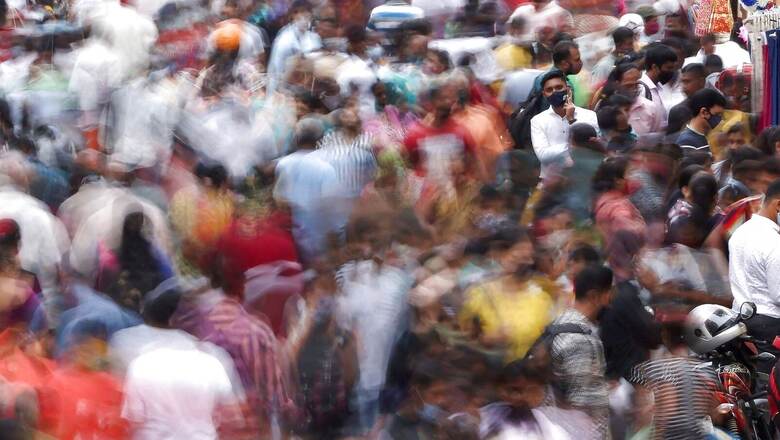
views
Is the worst of the Covid crisis behind India? As cases dip three weeks after Diwali, the answer is a possible yes, say several experts, attributing the downslide to a large section of the population already exposed to the virus during the second wave and a stepped up vaccination campaign.
Though there are always imponderables, including the possibility of a new, transmissible variant and the onset of winter in large parts of the country, a third wave as devastating as the second one is unlikely, they said while advising caution and vigilance. Covid cases may rise, perhaps across late December-February, but the impact of will be milder than what India experienced in the second wave when thousands died and many thousands more were hospitalised.
It may not take off in a coordinated manner across the country, provided no far more transmissible variant comes along, explained Gautam Menon, professor, Departments of Physics and Biology, Ashoka University, in Sonepat. Several epidemiologists had predicted a third wave peaking in October and November because of large gatherings in the festive season, which includes Durga Puja and Diwali. But the much feared spike thankfully hasn’t happened.
On Tuesday, India recorded 7,579 new coronavirus infections, the lowest in 543 days, taking the country’s total tally of COVID-19 cases to 3,45,26,480, while active cases were the lowest in 536 days, according to Union Health Ministry data. The daily rise in new infections has been below 20,000 for 46 straight days and less than 50,000 daily new cases have been reported for 149 consecutive days.
What it suggests is that the impact of the second wave, where a substantial fraction of Indians were infected, continues to manifest itself, Menon told PTI. In addition, a stepped-up vaccination campaign has meant that more people are protected against severe disease, hospitalisation, and death, he added. In his view, the substantial number of people infected during the second wave from March to July this year is the prime protective feature at the moment for India, while vaccines add to that protection. A combination of a prior infection with a later vaccination may be even more protective than just the vaccination alone, said Menon.
Many scientific studies suggest that people who become naturally infected with Covid and recover before vaccination develop hybrid immunity, better immunity than those who only have antibodies from vaccination. Virologist Anurag Agrawal agreed with Menon, saying the low number of cases can be attributed to a high fraction of the population being infected by the Delta variant during the second wave, followed by most adults having received at least one vaccine dose further boosting the immune response.
Serosurveys have shown that the majority of the population is likely to have been infected, Agrawal, director of the CSIR-Institute of Genomics and Integrative Biology, New Delhi, told PTI. It is a well-established fact that complete vaccination as well as previous exposure with SARS-CoV2, the virus that causes COVID-19, lead to a significant decrease in the severity of the disease, added immunologist Vineeta Bal. Describing the slow decline in nationwide Covid cases as a good sign, she also pointed out that northeastern states, especially Mizoram, are still showing a continuing increase in the number of cases.
Although the cases started rising in the northeast much later than the rest of the country, this shows that there might be small outbreaks or slow increase in cases in pockets or areas where immunisation has been poor and rate of infections over the past year or so was low, Bal, from Pune’s Indian Institute of Science Education and Research, told PTI. Unfortunately, such granular data is not available nationwide.
Hence vigilance needs to continue, search for outbreaks needs to be in place along with necessary isolation and treatment facilities, she cautioned. The increasing number of cases in Europe and North America over the last month has been a matter of concern. For the last two years, India seems to have followed Europe in the Covid spike but many scientists feel that may not be the case this time and a third wave even if it does happen will be milder. If there was a spike looming in our future, we should have detected signs of it already, said Menon.
According to Sitabhra Sinha, professor of physics at the Institute of Mathematical Sciences (IMSc) in Chennai, India’s “second wave” is the analogue of Europe’s “third wave” and the country may have luckily escaped that particular wave. I think the third wave’ already came and went in mid-September. About whether we can expect another wave in the near future, no modeling study can really predict that given a large number of factors and the lack of hard data, said the scientist. Sinha, who has been tracking the reproductive number (R-value) for the country since the beginning of the pandemic, said there has been no post-festival spike at least at the national scale but there was a spike before the season set in. R-value is the number of people getting infected by an already infected person on average.
Currently, Sinha said, only Mizoram and Jammu and Kashmir among the states and UTs with over 1,000 active cases have R values that are substantially higher than 1. West Bengal has an R-value just higher than 1. However, while the states seem to be doing reasonably well, the major cities are mostly showing increasing trend with Mumbai, Pune, Chennai and Kolkata all having R over 1, Sinha told PTI.
So while the increase in cases seems to have so far been mostly contained in these urban areas, I would be cautious about how the situation is going to evolve as we go into the cold season, he added. The fourth national serosurvey in July by the Indian Council of Medical Research (ICMR) reported that 67.6 per cent of people across India had COVID antibodies, providing them with a level of immunity against the virus.
According to officials, around 82 per cent of the eligible population in India has received the first dose of the vaccine while around 43 per cent has been fully inoculated. According to Bal, the spread of asymptomatic or symptomatic COVID-19 during the second wave was possibly on a much bigger scale in India as compared to Europe.
This is apparent from sporadic serosurveys though such generalisation is associated with difficulties. Vaccination coverage, especially that of first dose, has significantly improved, Bal said. Besides the winter is not that severe, as in Europe, in many parts of the country. Based on this, my prediction is there might be some increase in cases in India in the forthcoming months, but it is unlikely to reach very huge proportions, she added.
Agrawal said although the immediate future for the COVID-19 situation in India looks fine, the long-term future depends on multiple factors including new variants.
Read all the Latest India News here











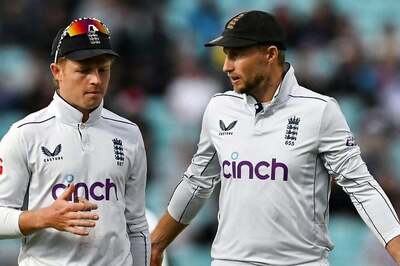

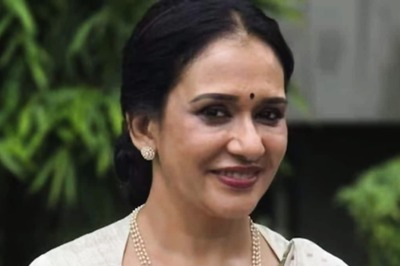


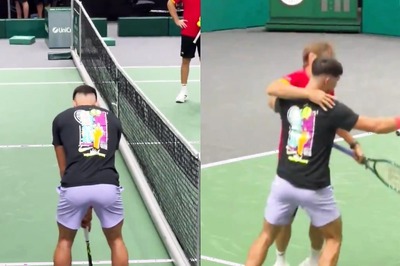
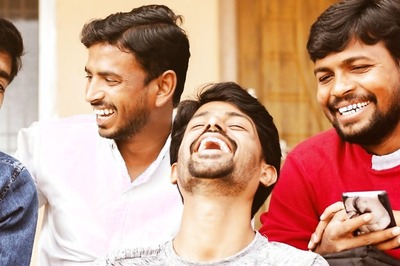
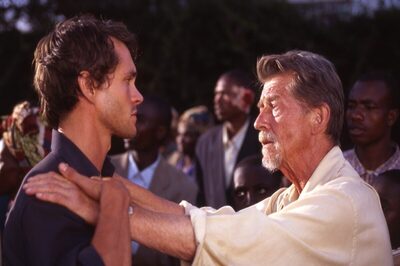

Comments
0 comment